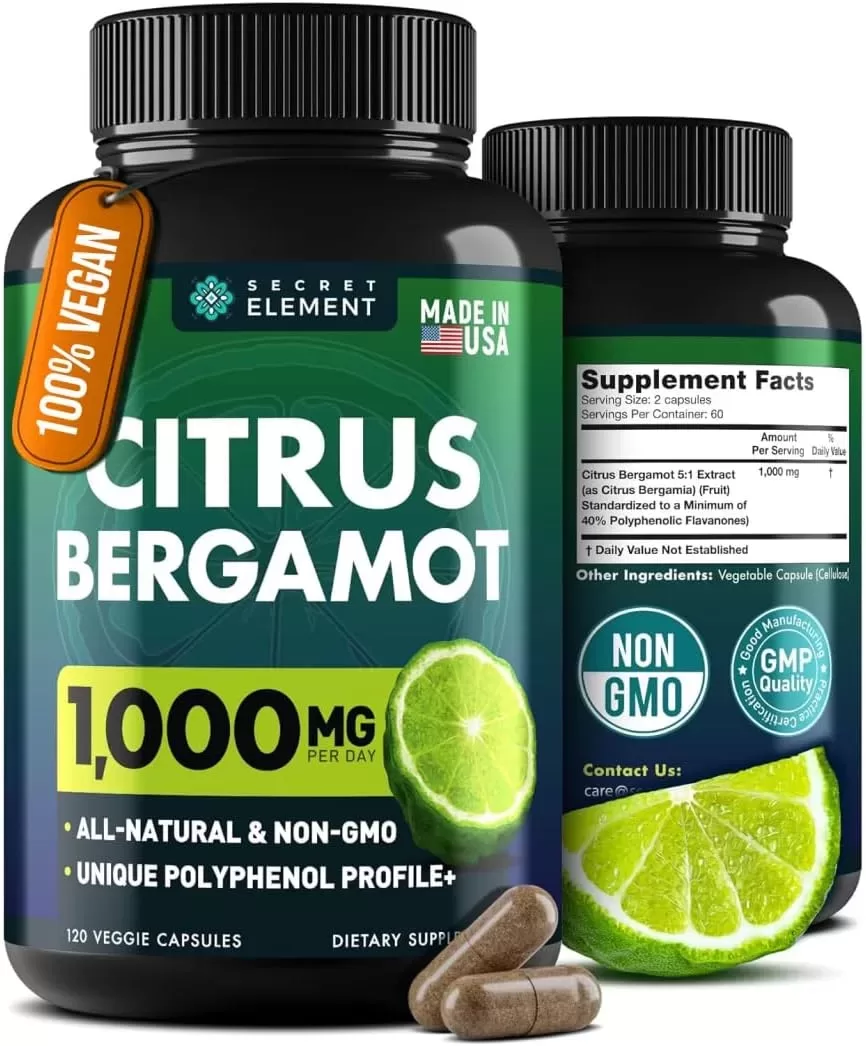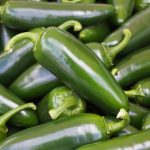Pico de gallo tends to get watery. This article will discuss the factors that could affect the moisture or water content of pico de gallo.
Prevent pico de gallo from getting watery by adding more salt than usual, or sugar. You can also drain diced vegetables by using a kitchen towel. To remedy an already watery pico de gallo, you can drain the excess water out and refrigerate it uncovered until the water has reduced.
So, what other factors could cause pico de gallo to get too watery, how do you prevent it from getting watery and what do you do when it does? Scroll down to know how!
How to Keep Pico de Gallo from Getting Watery
There are several ways to help reduce the likelihood of pico de gallo from getting watery. Firstly, let’s discuss why this is important.
Microorganisms, including those that grow in our food, need water to survive and grow. The more water a food has, the more likely it is to spoil or be harmful to eat.
Water activity is the measure used in food preservation. And there are several preservation techniques to control or even reduce water activity to prevent microbial growth.
Some of these techniques are dehydration, the addition of solutes, crystallization, freeze drying, heating or cooking, freeze concentration, and osmotic concentration. When food has 25% moisture or less, it is considered dried or low moisture (source: Food Microbiology: Principles into Practice).
On this premise, not all techniques will apply to pico de gallo. To help reduce moisture, osmotic concentration (through the addition of salt), refrigeration, and draining are what we see as what could work.
Tomatoes are the most consumed vegetable in the world, second only to potatoes. Did you know? Tomatoes are 90–95% water and only 5–10% carbohydrates (source: Journal of Experimental Botany).
A 100 g serving of red, raw, and ripe tomatoes has 94.5 g of water (source: USDA FoodData Central). This alone could make it watery, as the Mexican dish has mostly tomatoes.
Although unfounded, lime juice and onions might also contribute to pico de gallo getting watery. A juice from one lime contains 40 g of water (source: USDA FoodData Central) as well as raw red onions, whereas a 100 g serving has 91.3 g of water (source: USDA FoodData Central).
Adding less of any of the fresh ingredients might change the quality and taste of the traditional pico de gallo and therefore not recommended.
One thing you can do to prevent it from getting too watery is to drain the fresh tomatoes and onions after cutting them up. You can use kitchen towels for this. Lightly press on the diced vegetables otherwise they get mushy.
Another one is to add a tad more salt and sugar. Salt can help decrease water activity in food (source: Strategies to Reduce Sodium Intake in the United States). In the same way, sugar can also help reduce water activity (source: UC Davis Food Safety Bulletin).
This will change the taste but will help prevent too much moisture.
How to Fix Pico de Gallo that is Too Watery
If your pico de gallo has turned watery before you know it, you can try draining the water out. If the taste has changed, try adding a squeeze of lime juice, salt, fresh cilantro, or your herb of choice.
Put it in an open storage container in the refrigerator and refrigerate until the water has reduced. Covering foods can help keep the moisture (source: USDA). This can mean that doing the opposite will take the moisture out.
But do remember that refrigerating your pico de gallo uncovered will result in it possibly losing its fresh flavor or drying out from too much loss of moisture.
Only do these or any of these if you are certain that the pico de gallo hasn’t gone bad yet.
Can You (or Should You) Drain Pico de Gallo?
Draining your pico de gallo will make it lose its amazing flavor. You can attempt to remedy this by adding a boost of flavor to it, such as salt, your favorite herb, or lime juice if needed. And remember that the lesser moisture there is, the lesser the chances of it going bad.
We hope you found this article informative!


![How to Stop Pico de Gallo From Getting Watery [+ Fix it] A vibrant bowl of Pico de Gallo, crafted with diced tomatoes, lime, and cilantro. Encircling the bowl are whole tomatoes, lime wedges, red and green chili peppers, garlic cloves, and parsley. For a fix to a watery mix, ensure your tomatoes are properly drained before dicing.](https://cuisineseeker.com/wp-content/uploads/2023/01/pico_de_gallo_watery-768x512.jpg)












Comments are closed.